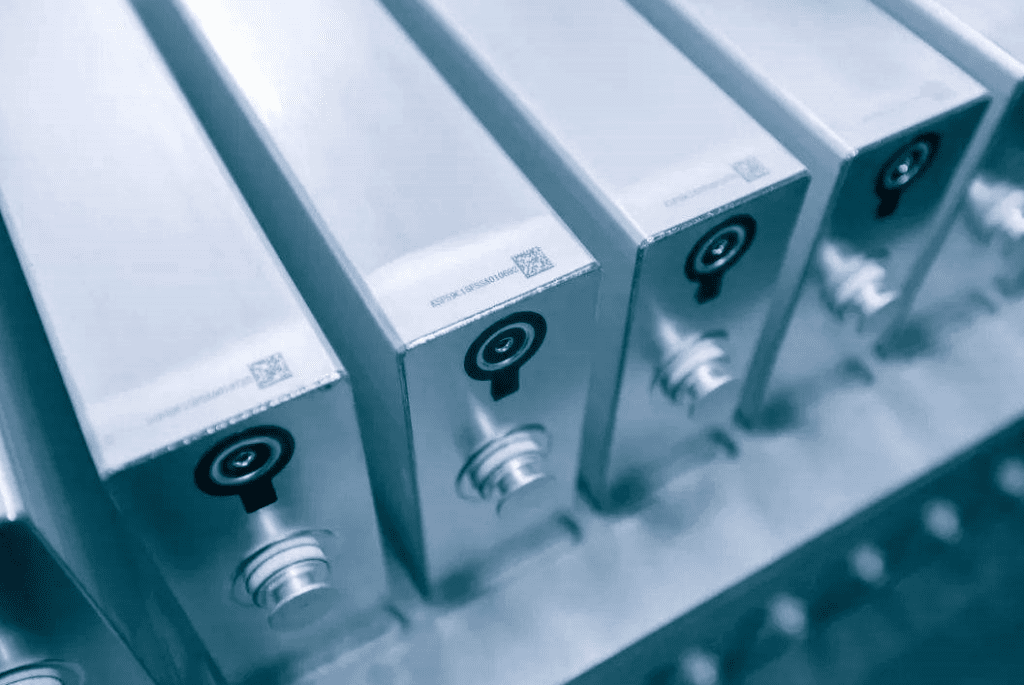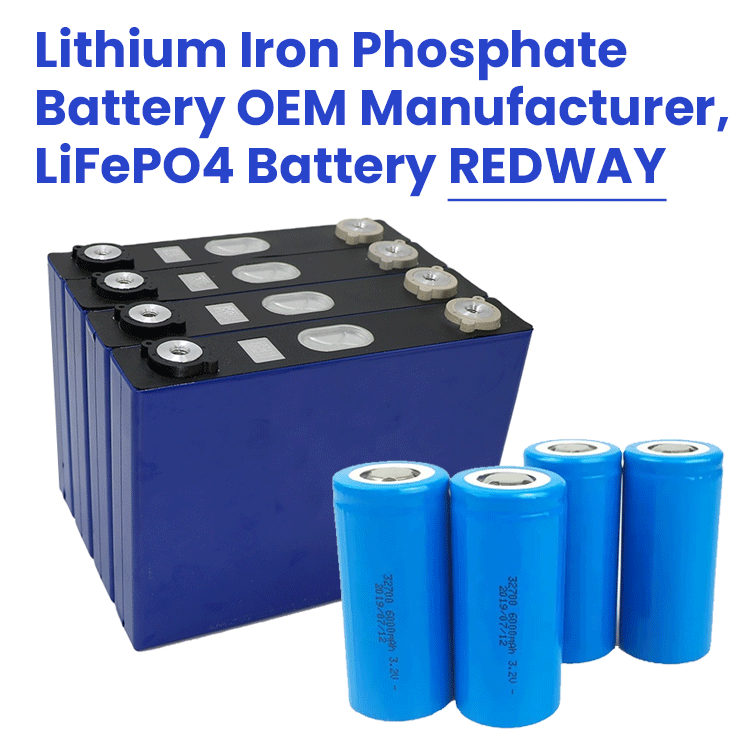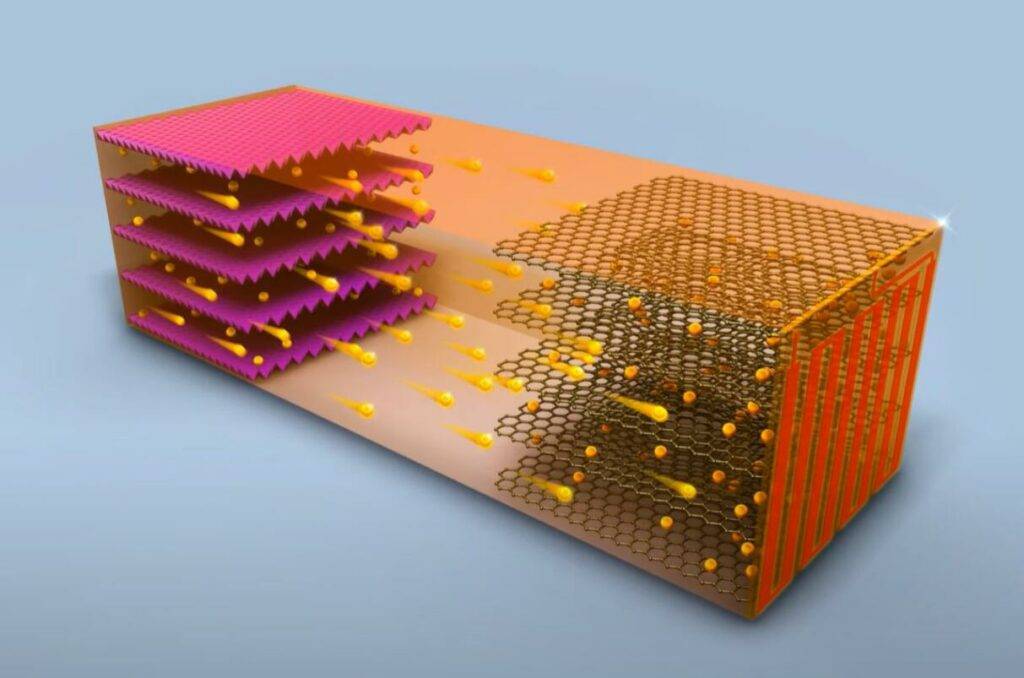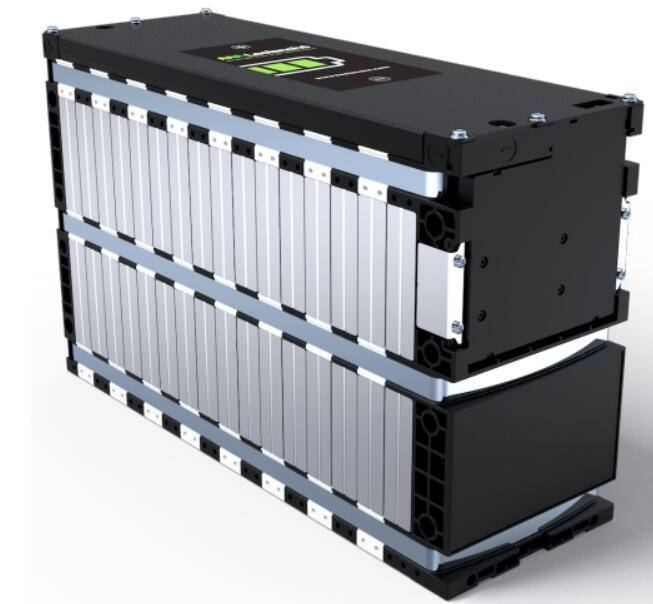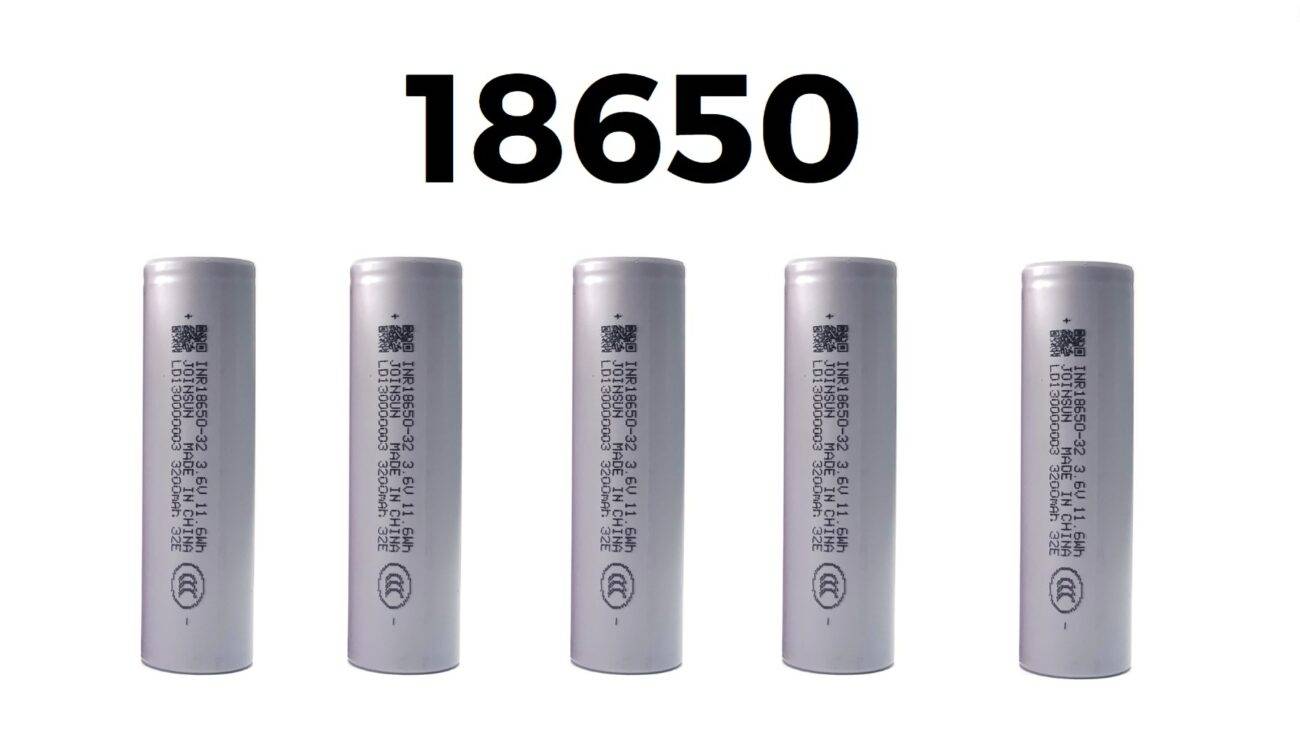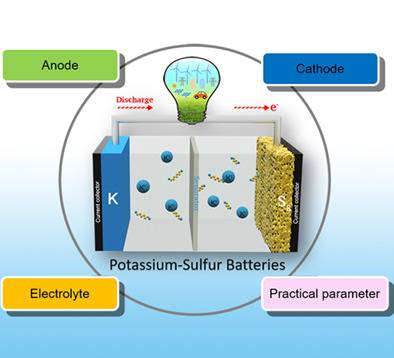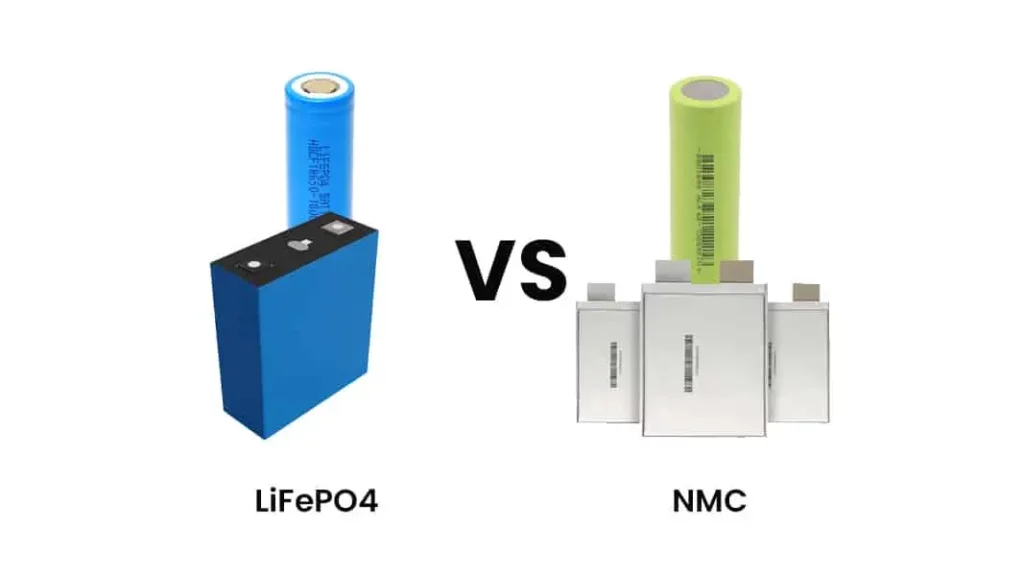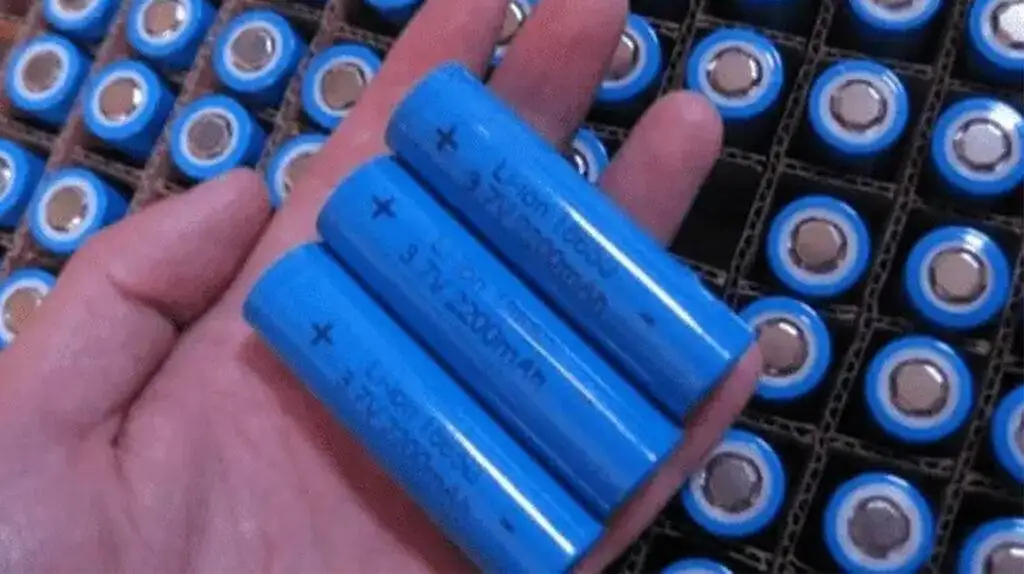The composition of thick electrodes significantly influences electrochemical reactions, impacting the design and efficiency of solid-state batteries. Key factors include the thickness and porosity of the electrodes, which affect lithium-ion transport and overall battery performance. Understanding these relationships is crucial for optimizing battery design and enhancing energy density.
What is the impact of electrode thickness on solid-state battery performance?
Electrode thickness plays a pivotal role in determining the performance of solid-state batteries. Thicker electrodes can increase energy density by allowing more active material to be packed into the battery; however, they also introduce challenges such as increased diffusion distances for lithium ions, which can lead to slower charging rates and reduced efficiency.
Chart: Effects of Electrode Thickness on Battery Performance
| Thickness (µm) | Energy Density (Wh/kg) | Charge Time (min) |
|---|---|---|
| 40 | 250 | 30 |
| 80 | 300 | 45 |
| 120 | 350 | 60 |
How does porosity influence electrochemical reactions in thick electrodes?
Porosity is a critical factor that affects lithium-ion transport within thick electrodes. Higher porosity generally enhances electrolyte penetration and ion mobility, leading to improved electrochemical reactions. However, too much porosity can compromise mechanical integrity and reduce overall active material utilization.
Chart: Influence of Porosity on Electrochemical Performance
| Porosity (%) | Lithium Ion Mobility (cm²/s) | Capacity (mAh/g) |
|---|---|---|
| 20 | 0.5 | 150 |
| 30 | 1.0 | 180 |
| 40 | 0.8 | 160 |
What are the underlying electrochemical mechanisms in thick electrodes?
The electrochemical mechanisms in thick electrodes involve complex interactions between lithium-ion diffusion, charge transfer kinetics, and local concentration gradients. As thickness increases, these factors can lead to uneven lithiation across the electrode, resulting in suboptimal performance.
Why is uniformity in electrode composition critical for optimal performance?
Uniformity in electrode composition ensures consistent electrochemical reactions throughout the electrode material. Variability can lead to localized degradation, uneven current distribution, and reduced overall efficiency, making it essential to maintain a homogeneous structure during manufacturing.
How can structural design be optimized to enhance thick electrode functionality?
Optimizing structural design involves adjusting parameters such as tortuosity, particle size distribution, and binder materials to facilitate better ion transport and minimize resistance within thick electrodes. Innovations like gradient structures or hierarchical porosity can significantly improve performance.
What challenges are associated with thick electrode designs in solid-state batteries?
Thick electrode designs face several challenges, including:
- Increased Resistance: Longer diffusion paths for lithium ions can lead to higher internal resistance.
- Thermal Management: Thicker electrodes may generate more heat during operation, requiring effective thermal management strategies.
- Mechanical Stability: Maintaining structural integrity under cycling conditions becomes more complex with thicker materials.
How can advancements in materials science improve thick electrode performance?
Recent advancements in materials science focus on developing new composite materials and coatings that enhance ionic conductivity while maintaining mechanical strength. Innovations such as nanostructured materials or polymer electrolytes show promise for improving the performance of thick electrodes.Latest News
Recent studies have highlighted breakthroughs in solid-state battery technology that leverage advanced materials to enhance the performance of thick electrodes. Researchers are exploring novel composite structures that optimize porosity and thickness balance, aiming to achieve higher energy densities while mitigating issues related to lithium-ion transport limitations.Editor Comment
“Advancements in understanding how thickness and porosity affect electrochemical reactions are crucial for the next generation of solid-state batteries,” notes Dr. Emily Tran, a leading researcher in battery technology. “By focusing on optimizing these parameters through innovative materials and designs, we can significantly enhance battery efficiency and longevity.”
